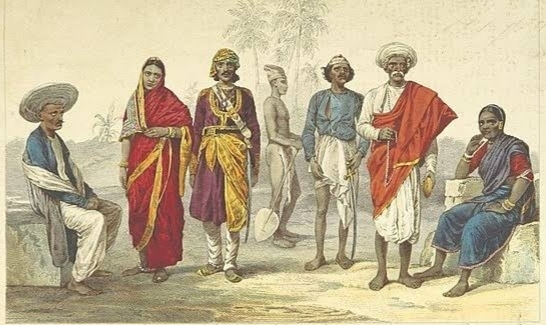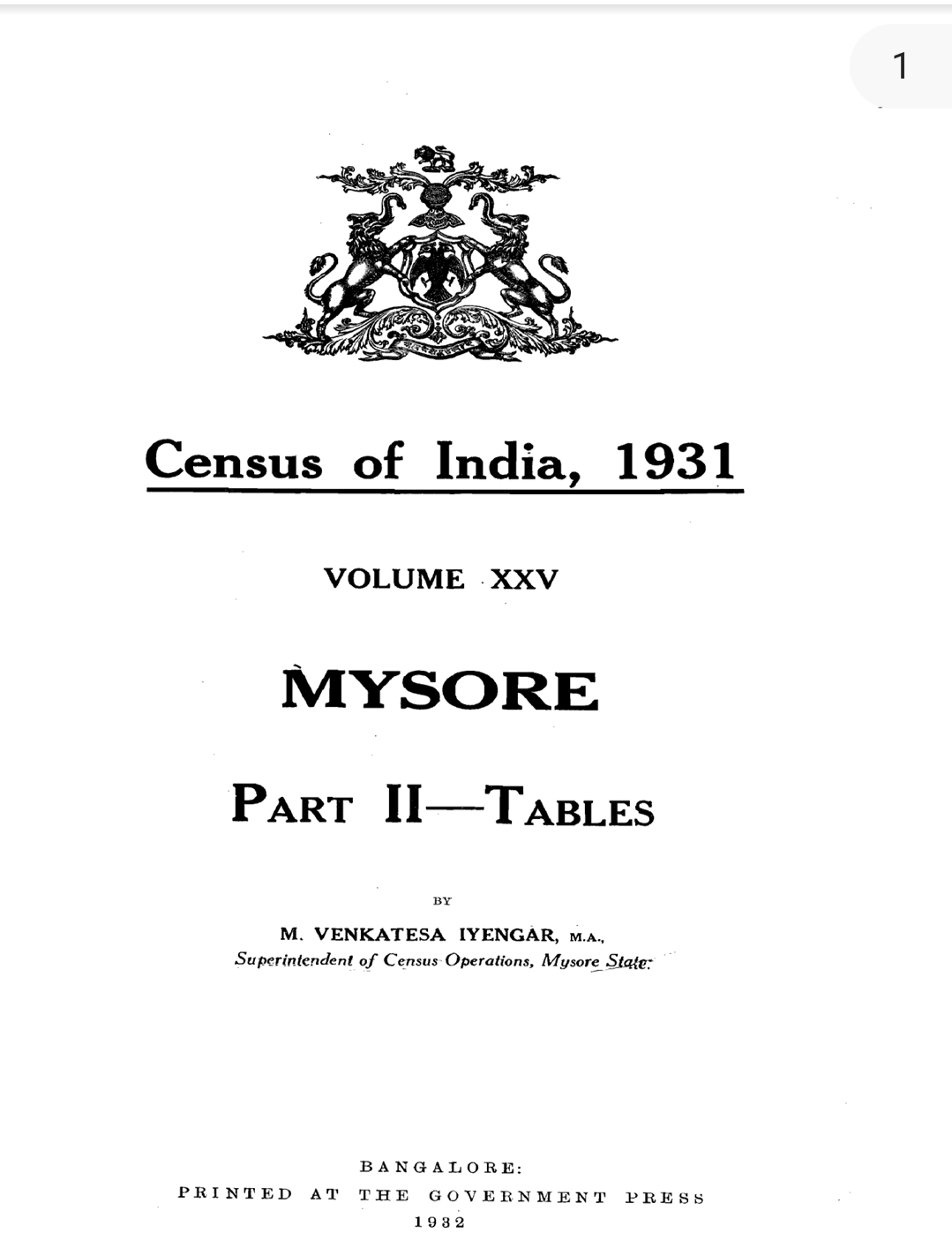"Caste Reexamined: Ancient Roots in a Digital Age"
The term “Caste” is not native to Bharat. It comes from the Portuguese word “casta”, meaning breed or lineage. Despite its foreign origins, caste has become one of the most defining, and divisive features of Indian society. Its deep entrenchment in social structures, political systems, and personal identities continues to shape Bharat's destiny and direction.
Long before colonial powers arrived, our society had a complex system of Varna (functional classification) and Jati (birth-based community groups). These were fluid and diverse, often varying regionally.
However, colonial administrators, especially the British, misunderstood and oversimplified this dynamic system. They codified it through censuses, gazetteers, and legal frameworks, freezing caste identities into rigid categories creating a static social hierarchy that persists today.
The British used caste for administrative convenience and control:
1.Census Operations (from 1871 onwards):
Castes were officially recorded and classified.
2.Martial and Criminal Tribes:
Some castes were stereotyped as martial (e.g., Rajputs, Sikhs), others as criminal (e.g., certain nomadic tribes), reinforcing discriminatory structures.
3.Education and Jobs:
Colonial policies reserved privileges for so-called “upper castes” in administration and education.
This reified caste identities and transformed them from social markers to bureaucratic labels. After independence, Bharat's Constitution abolished untouchability and aimed for a casteless society.
But paradoxically, caste gained even greater political weight:
1.Reservations:
Affirmative action for Scheduled Castes (SCs), Scheduled Tribes (STs), and later Other Backward Classes (OBCs), has been critical for social justice but also politically contentious.
2.Caste-based Politics:
Political parties increasingly mobilize votes through caste affiliations, turning identity into electoral strategy.
3.Census Demands:
The push for caste-based census reflects a growing need to re-assess representation and access based on caste demographics.
In today's Bharat caste remains a determining factor in:
1.Access to Education and Employment (via reservation policies)
2.Social Mobility and Marriage (endogamy remains dominant)
3.Political Representation (caste alliances shape coalitions)
4.Discrimination and Violence (atrocities against Dalits and marginalized groups continue)
While urbanization and economic change have eroded caste in some spheres, it persists,and sometimes intensifies in others. Indian diasporas, especially in the US and UK, are grappling with caste-based discrimination abroad.
Caste, though linguistically foreign, is now inseparable from India's societal fabric. It is both a tool of oppression and a vehicle for political assertion. While originally a colonial misinterpretation, it now serves as a lens through which opportunity, belonging, and power are contested in India.
Understanding caste requires unpacking not just its Indian roots, but also the colonial machinery that reshaped it. To move toward a just society, India must continue to confront the legacies of both history and modernity.
"Caste may no longer be declared aloud but it still whispers in every corridor of opportunity."
#828





Comments
Post a Comment